
While assembling this exhibit, students used specimen sheets from the University of Colorado Herbarium to identify plants growing near harvester ant nests in Colorado. Some of the seeds in the exhibit were even collected from harvester ant nests.
Seeds form most of the harvester ant's diet, which is why they are called harvester ants, although they occasionally eat other insects as well. The ants generally harvest all the seeds from one species in an area and then move on to the next.
Two of the most common plants in the harvester ant's habitat are yucca (Yucca glauca) and sagebrush (Artemesia species).
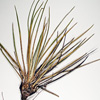 |
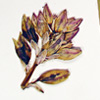 |
 |
| Soapweed yucca Yucca glauca |
Soapweed yucca Yucca glauca |
Fringed sagebrush Artemesia frigida |
Harvester ants eat seeds from many species of plants, including corncockle (Agrostemma), knapweed (Centauria), yellow bee plant(Cleome lutia), baby's breath (Gypsophilia), and prickly pear cactus (Opuntia).
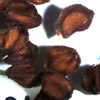 |
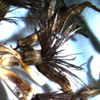 |
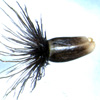 |
| Corncockle Agrostemma |
Knapweed Centauria |
Knapweed Centauria |
 |
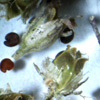 |
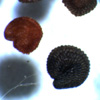 |
| Yellow bee plant Cleome lutia |
Baby's breath Gypsophilia |
Baby's breath Gypsophilia |
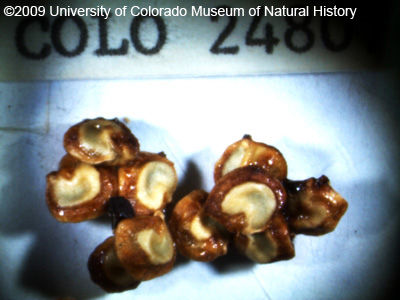 |
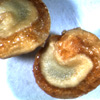 |
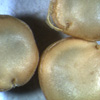 |
| Prickly pear cactus Opuntia |
Prickly pear cactus Opuntia |
Tree cholla Opuntia imbricata |